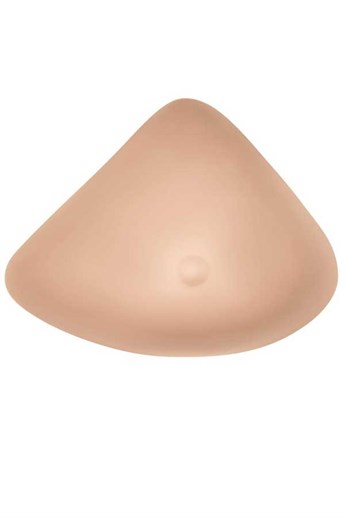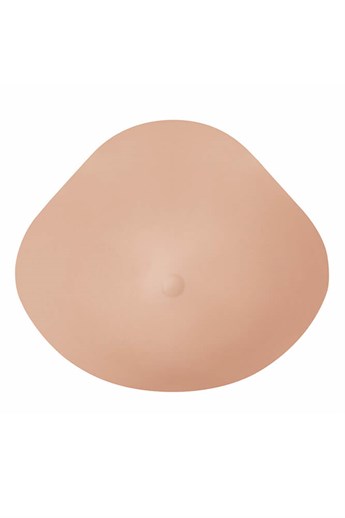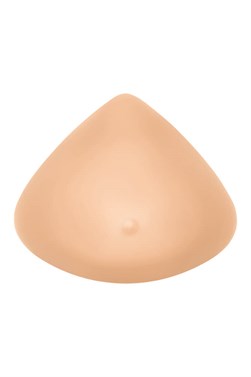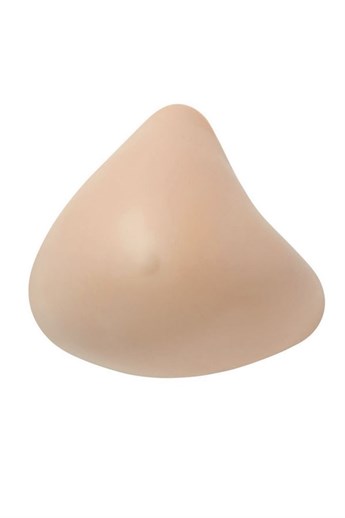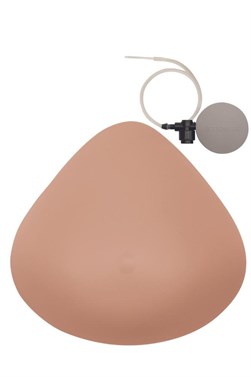Breast Forms - The Fitting Process
Find the right breast form
 We want you to feel comfortable, so if you are looking for a new breast form we strongly recommend you seek the help of an Amoena breast form fitting specialist.
We want you to feel comfortable, so if you are looking for a new breast form we strongly recommend you seek the help of an Amoena breast form fitting specialist.
Why? Well, whether you’ve been fitted for an Amoena breast form before or not, your body naturally changes shape over time; with age, as a result of a change to your diet (or eating habits) and of course during and after treatment.
Amoena accredited fitting agents are there to help you, whether you’re going for a first time fit or if you’ve been wearing breast forms for years - through one to one, private fitting appointments, they will take care of you every step of the way, ensuring you get the best fitting, most comfortable and natural looking form, every time
What do I need to do?
- Allow plenty of time for the fitting.
- Let your fitter know how you feel about the look and feel of the breast form. If something doesn’t feel comfortable, tell her.
- Ask her questions; about the care of the form, wearing instructions, accessories you may need and the store’s return policy.
How will I be measured for a breast form?
First and foremost, you will be given privacy as much as possible.
The fitter will then assess the condition of your skin at the site of surgery to ensure there’s no drainage in place or open wounds.
If you have lost both breasts, the fitter will make suggestions for breast forms that are flattering to your body dimensions. If you have a remaining breast, she will use that as the basis for your fitting, following a 3 step process to give you the best form, fit and feel possible.
The 3 step fitting process:
Amoena breast forms are coded with a number and letter system that's similar to those used for clothing such as jeans and bras.
1. Cup fullness
Is the fullness of your remaining (or desired) breast: (1) shallow, (2) average or (3) full?

2. Shape
Looking at your remaining breast, she will establish which of the following shapes you need (or would best suit your frame if you have lost both breasts): (s)Symmetrical, Asymmetrical, (e) Extra, (u)Universal

Generally speaking, a symmetrical shape is best following a standard mastectomy and an asymmetrical breast form is best if you have had lymph nodes or tissue removed from under your arm
3. Bra size
To determine the size of breast form, the fitter will measure you to check your bra size, by taking measurements at strategic points on the chest wall and around the rib cage. The fit of your bra is crucial to how natural the breast form will feel, so this is an important step.
In the example shown, you can see that a 34B corresponds to a size 4 breast form.
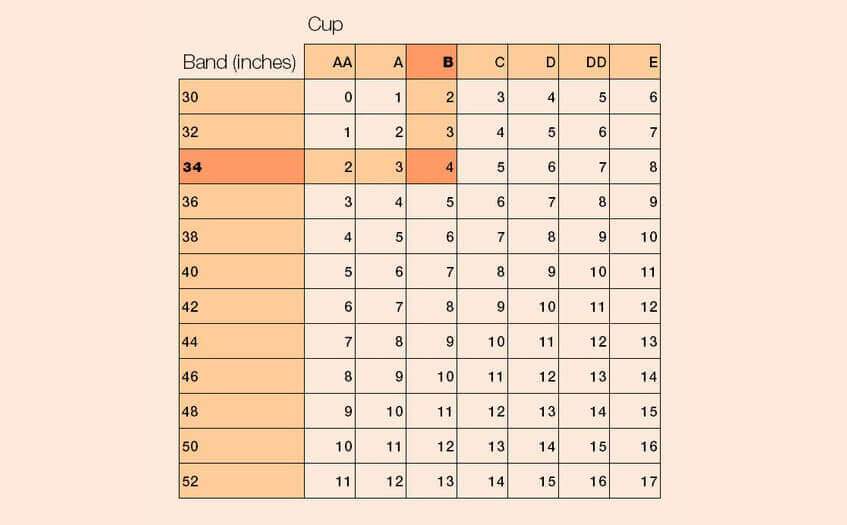
Following this 3 step process, the fitter now has all the information she needs to select the best fitting form for you.

Important: Please keep in mind that these charts are only guidelines, to be used as a starting point by a specialist Amoena fitter.
What kind of breast form is best for me?
Once the fitter has fitted you for a breast form, they will discuss with you the different breast form options available to you and which ones would suit your lifestyle.
Browse through the breast forms options available.
Do I really need a mastectomy bra too?
Mastectomy bras today are pretty and feminine while providing the support needed to keep breast forms in place. We’re not saying it’s mandatory to use a pocketed mastectomy bra, but we do recommend it.








